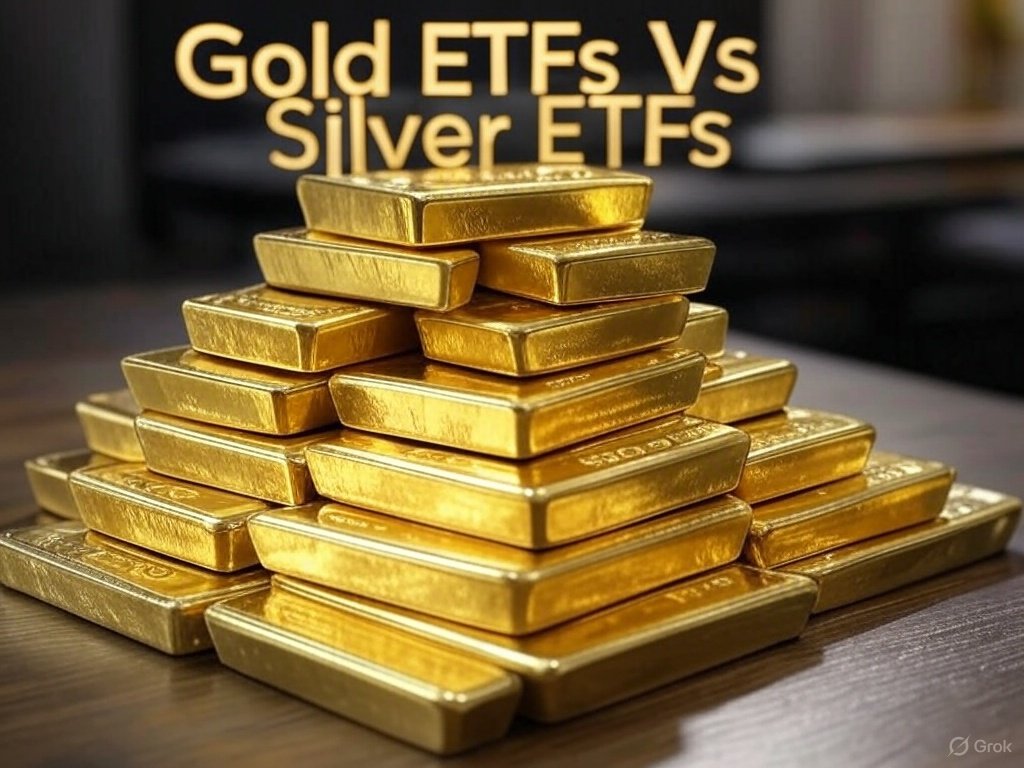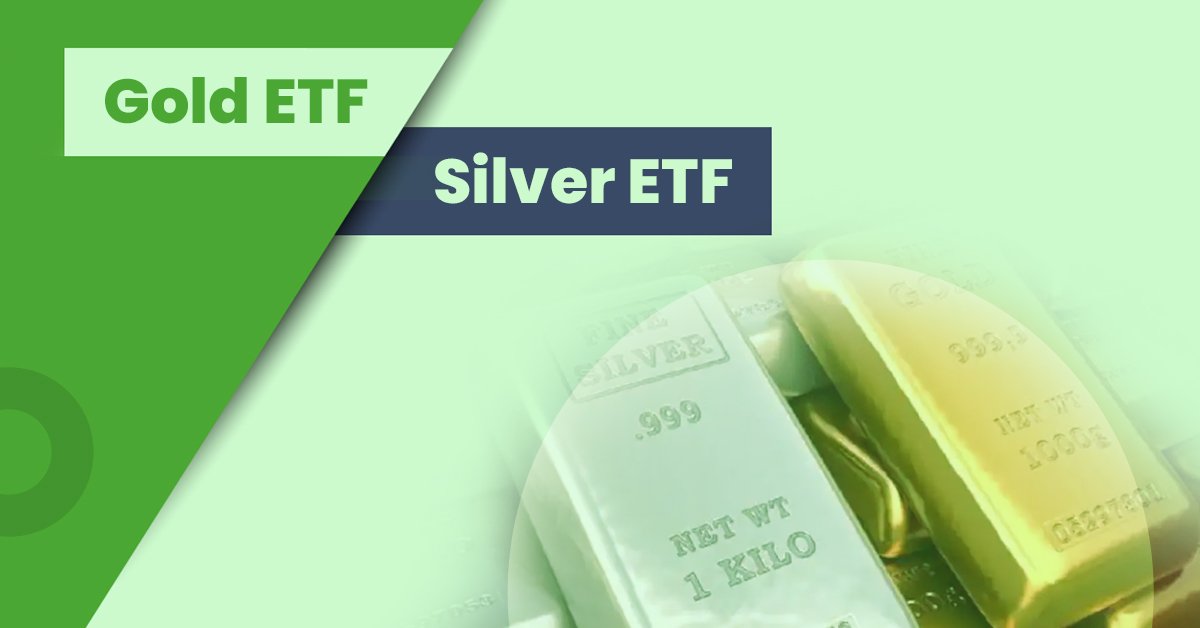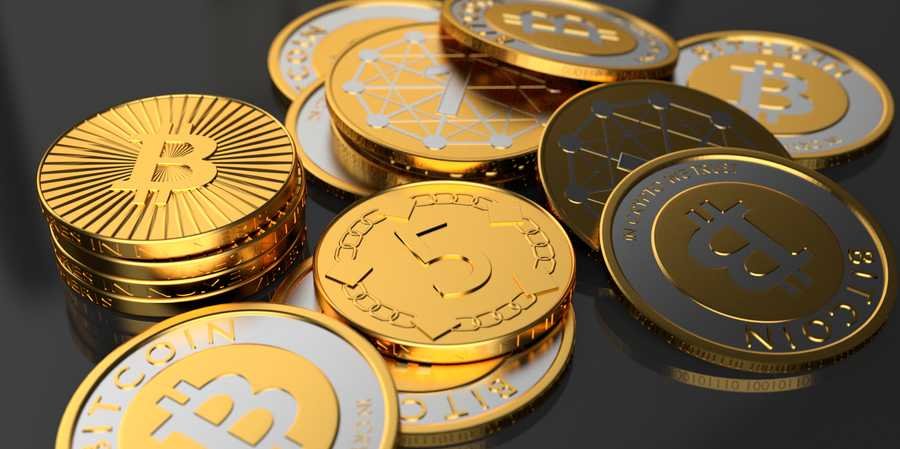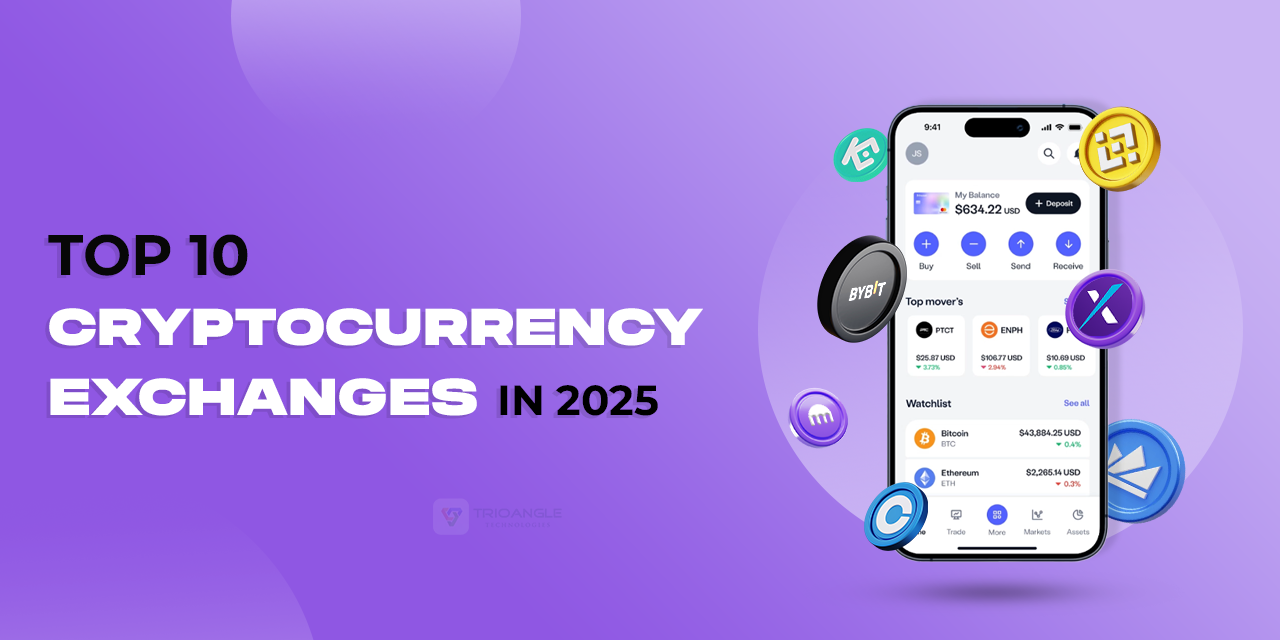Precious metals like gold and silver have always been trusted assets for wealth preservation. However, in the modern investment era, instead of buying physical bars or coins, investors are turning to Exchange Traded Funds (ETFs). These financial instruments allow easy access to precious metals through stock exchanges. Among them, Gold ETFs and Silver ETFs are the most popular. But what exactly are they, and how do they differ? Let’s explore the world of Gold ETF vs Silver ETF and find out which one might be the better fit for your investment portfolio.
What is an ETF?
An Exchange Traded Fund (ETF) is a type of investment fund that is traded on a stock exchange, similar to shares. Each ETF tracks the price of a specific asset or index.
In the case of Gold ETFs and Silver ETFs, they are designed to mirror the price movement of gold and silver respectively. When you buy one unit of a Gold ETF, you’re indirectly buying a fraction of physical gold that the fund holds in reserves. The same applies to Silver ETFs.
This gives investors exposure to metal prices without the hassle of storage, purity checks, or security issues associated with physical metals.
What is a Gold ETF?
A Gold ETF is a fund that invests primarily in physical gold bullion. It aims to track the domestic price of gold and is traded on stock exchanges like NSE and BSE in India.
Each unit of a Gold ETF typically represents 1 gram of gold. The price moves in sync with the international gold prices, adjusted for currency and taxes.

Example:
If gold prices rise globally, the NAV (Net Asset Value) of your Gold ETF also increases, giving you proportional returns.
Popular Gold ETFs in India:
- Nippon India Gold ETF
- SBI Gold ETF
- HDFC Gold ETF
- ICICI Prudential Gold ETF
What is a Silver ETF?
A Silver ETF is an investment fund that tracks the price of silver, investing mainly in physical silver or silver-backed derivatives. These ETFs are relatively new in India but have become increasingly popular among investors seeking diversification.
Each unit of a Silver ETF represents a specific quantity of silver, and its value fluctuates based on global silver prices.
Popular Silver ETFs in India:
- Nippon India Silver ETF
- ICICI Prudential Silver ETF
- Aditya Birla Sun Life Silver ETF
Key Differences: Gold ETF vs Silver ETF
| Feature | Gold ETF | Silver ETF |
|---|---|---|
| Underlying Asset | Physical gold bullion | Physical silver or silver derivatives |
| Market Demand | Higher demand due to use in jewelry and as a safe-haven asset | Moderate demand; industrial use adds volatility |
| Volatility | Less volatile, more stable | More volatile due to industrial dependency |
| Inflation Hedge | Strong hedge against inflation and currency depreciation | Moderate hedge, but better performance during industrial booms |
| Liquidity | Highly liquid and widely traded | Growing liquidity, still lower than gold ETFs |
| Risk Factor | Lower risk due to gold’s stability | Higher risk due to silver’s price fluctuations |
| Ideal for | Conservative and long-term investors | Aggressive investors seeking higher returns |
| Historical Performance | Gold has consistently outperformed in uncertain markets | Silver performs well during strong economic cycles |
Advantages of Investing in Precious Metal ETFs
- No Physical Storage Issues:
ETFs eliminate the risk and cost of storing gold or silver. - Transparency:
Prices of ETFs are directly linked to market prices of the underlying metal. - Liquidity:
You can buy and sell ETF units anytime during market hours. - Affordability:
Even small investors can participate without needing to buy whole bars or coins. - Tax Efficiency:
Similar to mutual funds, ETFs have long-term capital gains tax benefits after a holding period of 3 years.
Which is Better – Gold ETF or Silver ETF?
The choice between a Gold ETF and Silver ETF depends on your investment objective and risk appetite:
- Choose Gold ETF if you want stability, capital protection, and a hedge against inflation.
- Choose Silver ETF if you’re looking for growth opportunities and can handle higher volatility, especially when industrial demand for silver is strong (e.g., electronics, solar panels, EVs).
A balanced portfolio may include both gold and silver ETFs, as they respond differently to market conditions, helping diversify and manage risk.
Both Gold ETFs and Silver ETFs provide investors with a convenient, transparent, and safe way to invest in precious metals without owning them physically. While gold offers security and steady returns, silver provides growth potential with higher risk and volatility.
For most investors, Gold ETFs serve as a core investment for wealth protection, while Silver ETFs can act as a complementary investment for diversification and potential higher returns. Understanding your financial goals and risk tolerance is key to deciding which one suits you best.
What Is Sensex and How It Works
Evolution from Barter System to Money
What is Altcoins and Its Future
Auction Website Design And Development
![]()





